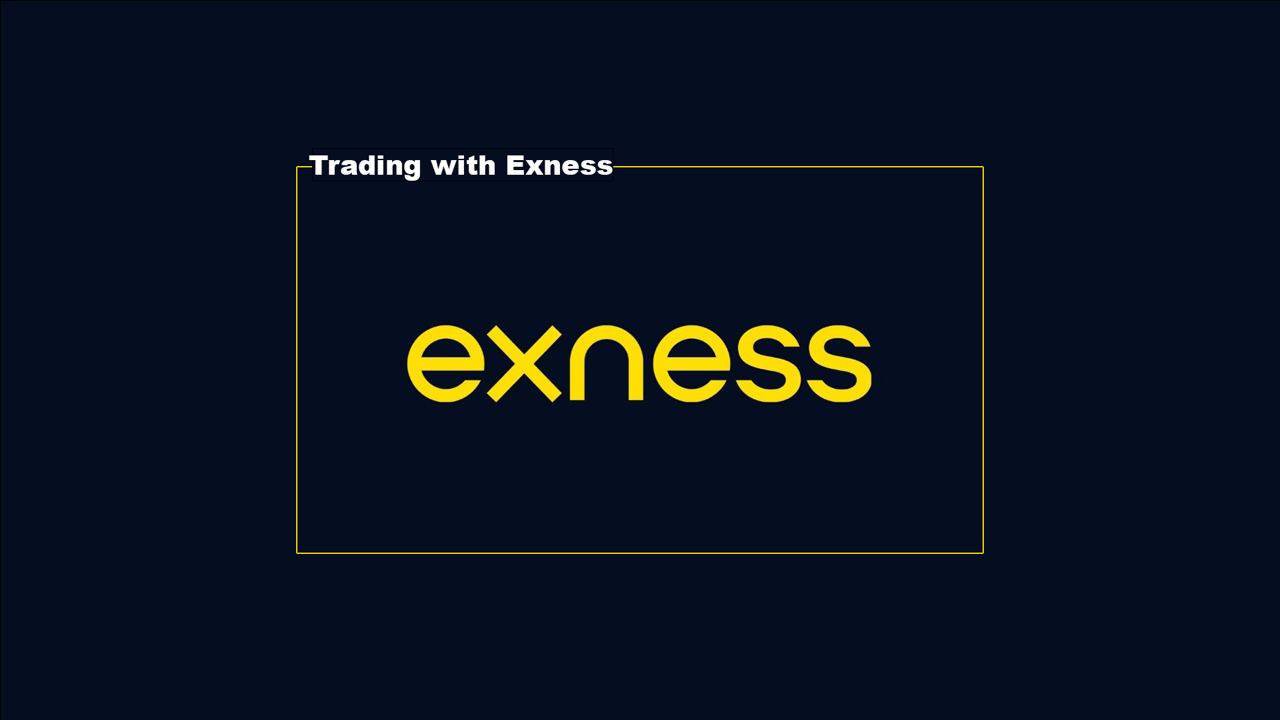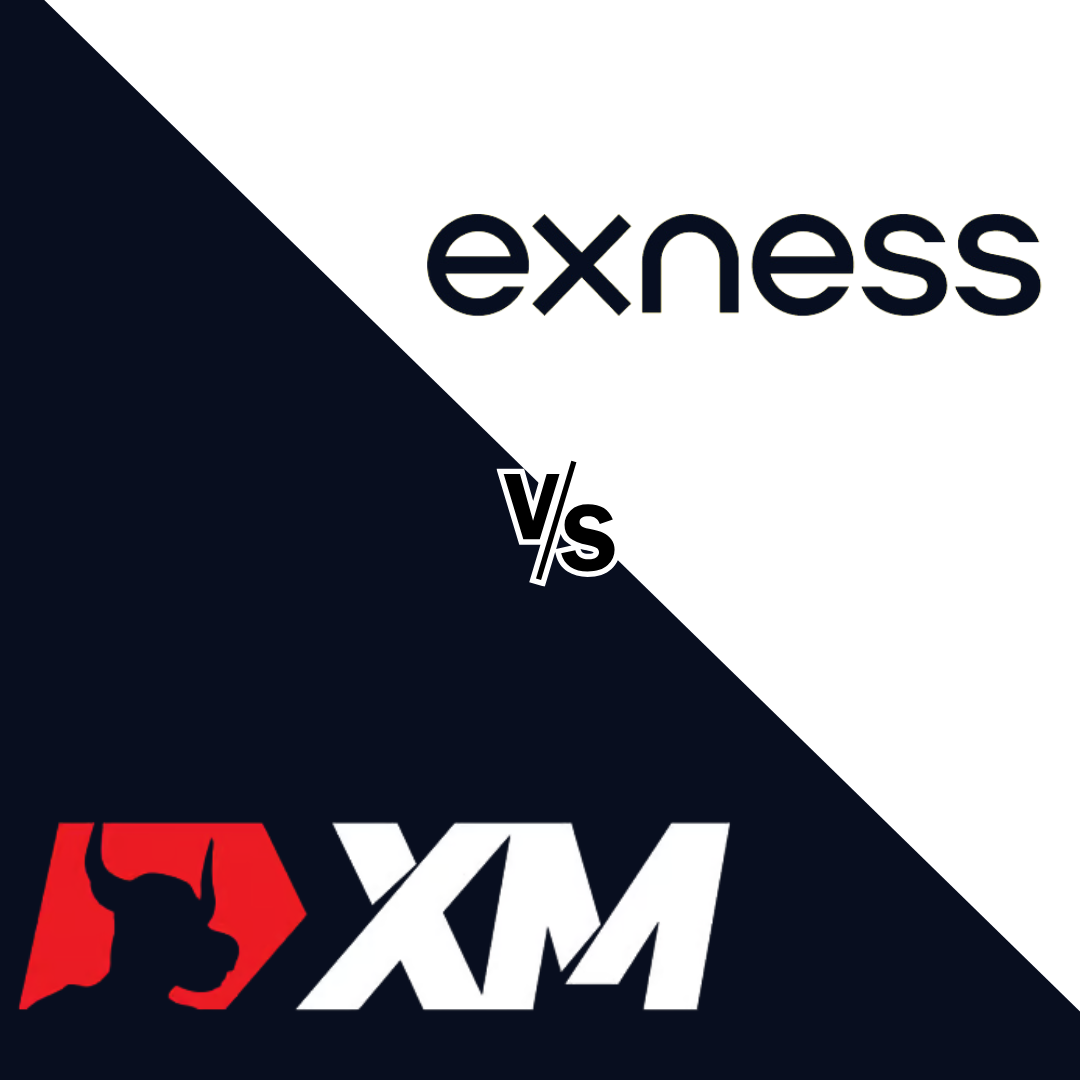
9 minute read
What are the Differences in Spreads Between Exness and XM?
When choosing a forex broker, one of the most important factors to consider is the spread. A spread is the difference between the buying and selling price of a currency pair, and it directly affects your trading costs. Both Exness and XM are popular brokers in the forex industry, and each has its own approach to spreads. Understanding these differences can help you make a more informed decision based on your trading style and needs. In this article, we’ll compare the spreads at Exness and XM, explore the factors that affect them, and help you determine which broker offers the best conditions for your trading.

🏆 Start Trading With Exness – Register Now! 🚀 or Visit the Broker’s Website ⭐
Overview of Spreads at Exness
Exness offers competitive spreads that cater to a wide range of traders, from beginners to professionals. They provide both fixed and variable spreads, depending on the type of account you choose.
For example, on a Standard account, Exness offers spreads starting from around 0.3 pips for major currency pairs, such as EUR/USD. This is quite tight for a standard account, making Exness a good choice for traders who don’t want to deal with high trading costs. If you opt for the Zero account, which is designed for more experienced traders, you could get even tighter spreads, starting from 0.0 pips, but with a small commission charged per trade.
Exness offers flexibility with different account types, so traders can choose the spread structure that best suits their trading style. Whether you’re a scalper who needs ultra-tight spreads or a swing trader who doesn’t mind a slightly wider spread, Exness provides options.
Overview of Spreads at XM
XM also offers competitive spreads, but their approach varies slightly compared to Exness. On XM’s Standard accounts, the spreads start from 1.0 pip for major currency pairs like EUR/USD. These spreads are considered quite competitive, though they are generally wider than what Exness offers on similar accounts.
XM also provides accounts with tighter spreads. On their XM Zero accounts, spreads can start from 0.0 pips, just like Exness Zero accounts, but XM charges a commission per trade for these accounts. The spreads on XM’s micro and standard accounts can go as high as 3.5 pips for less liquid currency pairs, making it important to choose the right account type based on your trading style.
In general, XM's spreads are competitive but may be slightly wider on certain accounts when compared to Exness, especially for those using Standard or Micro accounts.
Comparison of Exness and XM Spreads
When comparing the spreads at Exness and XM, several key differences emerge. For standard accounts, Exness typically offers tighter spreads compared to XM. For instance, you might pay 0.3 pips on EUR/USD with Exness, while XM’s standard spread could be around 1.0 pip. This makes Exness more appealing for traders who want to minimize costs without using a special account type.
However, both brokers offer Zero accounts with spreads that start from 0.0 pips, so the potential for tight spreads is the same with both. The main difference lies in the commission structure. Exness charges a commission for trades on their Zero accounts, but the cost is generally lower than XM’s, depending on the size of your trades.
If you’re a scalper or a high-frequency trader, you might find Exness more favorable due to the tighter spreads on its standard accounts and the lower commissions on Zero accounts. On the other hand, if you’re a long-term trader or swing trader who doesn’t trade too frequently, the wider spreads at XM on standard accounts may not be as much of a concern.
Key Factors Affecting Spreads at Exness and XM
Several factors influence the spreads at Exness and XM. These include:
Account Type: Both brokers offer different account types, and the spreads can vary significantly between them. Standard accounts generally have wider spreads, while Zero accounts have much tighter spreads but come with a commission fee.
Market Liquidity: Spreads tend to be tighter during times of high liquidity, such as when major markets like London or New York are open. During low liquidity periods, such as off-market hours or when news releases occur, spreads can widen.
Volatility: High volatility can cause spreads to widen, especially during important economic announcements or market-moving events. Both Exness and XM adjust spreads during these times, but the impact might be more noticeable with wider-spread accounts.
Currency Pair: Major currency pairs like EUR/USD tend to have tighter spreads compared to less liquid pairs like exotic currencies. The spread for minor pairs at both Exness and XM can be significantly higher.
Broker’s Pricing Model: Exness and XM use different pricing models. Exness often uses direct market access (DMA) pricing, which means their spreads reflect the real market liquidity, while XM uses a market-maker pricing model, which can result in wider spreads.
How Spreads Impact Trading Costs on Exness and XM
Spreads directly affect your trading costs, and even a small difference in spreads can add up over time, especially for frequent traders. Here’s how spreads can impact your trading costs on Exness and XM:
Tighter Spreads: The tighter the spread, the less you pay to open and close positions. This is particularly important for short-term traders and scalpers who open multiple positions throughout the day. In such cases, Exness's tighter spreads can lead to lower overall trading costs.
Wider Spreads: If you’re using an account type with wider spreads, like XM's standard or micro accounts, your trading costs will be higher. This may not be an issue for swing traders or those with longer-term strategies, but for active traders, wider spreads can significantly eat into profits.
The overall impact of spreads depends on your trading frequency, style, and the currency pairs you’re trading. If you’re trading on high-liquidity pairs during active market hours, the spread will likely have a smaller impact on your overall costs. However, if you’re trading exotic or less liquid pairs, you might face higher spreads, and the costs will add up over tim

🏆 Start Trading With Exness – Register Now! 🚀 or Visit the Broker’s Website ⭐
Which Broker Offers Better Spread Conditions for Different Trading Styles?
When choosing between Exness and XM, it's important to consider your trading style and how spreads will impact your overall profitability. Both brokers offer competitive spreads, but the conditions they provide may suit different types of traders in different ways.
If you’re a scalper or a short-term trader, you will likely prefer Exness. Exness offers tighter spreads, especially on its Zero accounts, which can start from 0.0 pips, with a commission on each trade. This is particularly advantageous for traders who open and close multiple positions within short timeframes. The tighter spreads mean that less of your trade's potential profit is eaten up by the spread, allowing you to capitalize on small price movements more efficiently.
For swing traders or those with a longer-term focus, XM might be a better choice, especially if you prefer to avoid commission fees. XM's Standard accounts typically offer wider spreads (around 1.0 pip on major pairs), but these accounts come with no commission. If you’re not trading as frequently and are holding positions for a longer period, the wider spread may not be as significant a concern. Additionally, XM’s spreads are generally stable, which can be beneficial if you’re looking for a less volatile cost structure for your trades.
For those who don’t mind paying commissions but want tighter spreads, both Exness Zero accounts and XM Zero accounts offer spreads starting from 0.0 pips, with commission fees attached. The choice between the two depends on the exact commission cost and your trading volume. Traders should compare the total cost (spread + commission) when deciding which broker offers the better overall spread conditions.
In summary, if you need tight spreads and are a frequent trader, Exness is likely the better option. However, if you prefer a commission-free structure or are a longer-term trader, XM could offer a more balanced solution with its Standard accounts.
Frequently Asked Questions (FAQs)
What is the typical spread on Exness for major currency pairs?
On Exness, the typical spread for major currency pairs like EUR/USD is around 0.3 pips for Standard accounts, and 0.0 pips for Zero accounts, with a small commission added per trade. These low spreads make Exness an appealing choice for traders who want to minimize trading costs.
How do XM spreads compare to Exness in terms of volatility?
XM’s spreads tend to be a bit wider, especially on Standard accounts, where spreads can start from 1.0 pip for major pairs. However, they are relatively stable and don’t fluctuate as much as Exness spreads, which can vary depending on market conditions. For volatile markets or during news releases, Exness spreads may widen temporarily, but overall, they are usually tighter than XM's, especially on Zero accounts.
Are Exness spreads fixed or variable?
Exness offers both fixed and variable spreads, depending on the type of account you have. On Standard accounts, spreads are variable, and they can change depending on market conditions. On Zero accounts, spreads start from 0.0 pips but come with a commission on trades.
What factors affect the spreads at Exness and XM?
Several factors can impact spreads at both Exness and XM. These include market liquidity, time of day, and volatility. During periods of high liquidity, such as when major markets like London or New York are open, spreads tend to be tighter. Conversely, during low liquidity or volatile market conditions (like news releases), spreads can widen. The type of currency pair you trade also matters—major pairs usually have tighter spreads than minor or exotic pairs.
Can I reduce spreads on Exness with certain account types?
Yes, you can reduce spreads on Exness by opting for Zero accounts, which offer spreads starting from 0.0 pips. However, these accounts charge a small commission per trade. If you don’t want to pay commission, Standard accounts are a good option, though the spreads are slightly wider, starting at around 0.3 pips for major pairs. By choosing the right account type for your trading style, you can optimize your spread costs.










